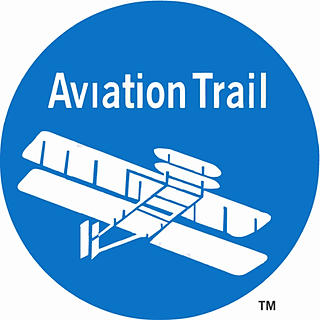March in Aviation History
- Aviation Trail
- Mar 16, 2020
- 2 min read
Updated: Mar 25, 2020
March 19, 1910 – The Wright Brothers opened the first Wright Flying School in Montgomery, Alabama.

At a time when, just seven years after their successful flight at Kittyhawk, North Carolina, competition from other airplane manufacturers was challenging the Wright’s share of the aviation market. Their solution was to promote their business with traveling flying exhibitions that they hoped to begin in June of 1910. They needed trained pilots for this - pilots who could teach customers how to fly. In order to be able to fly in the early spring, they would need better flying conditions than the weather in their Dayton home would offer. In February of 1910 Wilbur had traveled to the South searching for a suitable spring training location. After visiting sites in Florida, and Georgia, he ended up in Montgomery Alabama, where they were offered free use of some land, a barn for a hangar, and transportation to and from the field, which was on flat terrain in a mild climate.
This became the site of their first flight school in this country (they had previously given some flight lessons in Europe), and the first U.S. civilian flying school. Students were taught the principles of flying, including take-offs, balancing, turns, and landings. The school was intended to run through the end of May, but after mechanical problems and weather issues, the Wright’s returned to Ohio with two of their five students. Their first student, Walter Brookins, who was the first graduate of the school and a childhood friend of the Wrights, stayed on with two others to take over training and run the school until May 27. Brookins also made the first heavier-than-air night flights during this time. The Army's air service later took over the site in World War I and in 1922 it became "Maxwell Field," named in honor of Lt. William C. Maxwell, an Alabamian killed in an aircraft accident in the Philippines. It is now known as Maxwell Air Force Base.
With the onset of milder weather in May, the Wright Flying School relocated to Huffman Prairie Flying Field near Dayton, where the Wrights had developed practical aviation in 1904 and 1905 and where their company tested its airplanes. Among the many aviation notables trained at the Wright Flying School, was a trainee at Huffman Prairie, 1st Lt. Henry “Hap” Arnold, an aviation pioneer who later became commander of the 8th Air Force in World War II and General of the Army and General of the Air Force. Besides the Dayton and the Alabama schools, the Wrights also had schools in Augusta, Georgia, and Long Island, NY. The Wright Flying School was operated by the Wright Company from 1910 to 1916 and trained 119 individuals to fly Wright airplanes.
For much more on this story, plus photos, see these links:
https://www.al.com/life/2019/09/wright-brothers-operated-nations-first-flight-school-in-alabama.html







Comments